The topic of refrigerant has been an ongoing saga since we first announced the phase-out of HCFC R-22 in 2010. There have been numerous rumors circulating throughout the years about what would happen to refrigerant and when it would happen. We have lived through a roller coaster of prices with not only R-22, but with R-410A as well. However, it is important to keep in mind that the value of anything in the world is only what you can find someone willing to pay for it. So, here we are in 2019, and I am not sure we have any better grasp on where we are headed than we did nearly ten years ago.
ODP, GWP and “New” Refrigerant
The initial course of action was to phase-out the use and production of refrigerants with Ozone Depleting Potential (ODP). This began decades ago with the elimination of CFC refrigerants. It evolved into the elimination of HCFC refrigerants like R-22. Both refrigerant types contained Chlorine which was the principle component blamed for ozone depletion. All the while the world seemed reluctant, but willing, to move everything to HFC refrigerants such as R-410A and R-404A. HFC type refrigerants contain zero Chlorine.
Many contractors in the residential segment were not nearly as keen on R-410A as they were on R-22. It operated at vastly higher pressures, it was more sensitive to moisture, and I cannot even begin to count the number of times I have heard “it just doesn’t get as cold as R-22.” Granted, the first two items are true enough; I have never been one to agree with the 3rd sentiment.
Nonetheless, the industry seemed begrudgingly content with the “new” refrigerant. Then came the three-letter abbreviation that would change everything: GWP. In our immense rush to eliminate the use of ODP containing refrigerants, we unknowingly moved toward refrigerants with a very high Global Warming Potential (GWP). Unlike there ozone depleting counterparts that would eat a hole in the atmosphere, these high GWP refrigerants when released into the atmosphere do not create a hole, but they also do not break down. They become like an insulating layer to the planet which will inevitably create or add to global warming. We attempted to fix one problem while creating another as we switched everything over to these new HFC style refrigerants.
Categories of Refrigerant and the Question of Cost
There are many different types of refrigerants available. A refrigerant may be any natural resource or chemical compound that has heat transfer properties. Every refrigerant has its uses, and each has positive and negative attributes.
We rate refrigerants based on two categories: flammability and toxicity. The flammability scale runs from 1 to 3 with 1 being non-flammable, 2 being somewhat flammable, and 3 being “explosive”. The toxicity scale is slightly simpler with either an A or B rating; A is non-toxic, and B is toxic. In the residential HVAC industry, we prefer the use of class A1 refrigerants such as R-22 and R-410A.
A great example of an A3 refrigerant would be R-290 which while extremely combustible, does have some of the best heat transfer properties available, is all natural, no ODP, and no GWP. Its common name is Propane. A common example of a class B refrigerant would be R-717 which is heavily toxic and mildly flammable; the common name is Ammonia. It is heavily used in some industrial applications but would not be suitable for any residential applications.
So here we are; we have eliminated CFC and HCFC refrigerants due to their ODP. Now we are increasingly concerned, and in some parts of the world are phasing out the use of HFC refrigerants due to their GWP. One big question here in the United States is whether we will follow suit with many of the countries in the world with the ratification of the latest amendment to the Montreal Protocol International Treaty.
This latest amendment is called the Kilgali Accord and sets the start of a phase-out of HFC refrigerants entirely over the next decade or two. The phase-out is staged differently for various countries depending on their economic development and strength. The United States is not required to participate in this amendment; we must decide whether to ratify this amendment and adopt it ourselves. So far many of our allies throughout the world have ratified this and will participate. Whether or not you agree with our participation from an environmental standpoint, you must also look at this from an economic standpoint. If much of the developed world does not use HFC refrigerants except for the United States, what will that do to production costs and end user costs? Will we see R-410A costs begin to climb to where R-22 costs have been?
Ultimately the United States HVAC industry will gravitate toward alternative refrigerants. Many of these refrigerants will be low GWP alternatives to currently used refrigerants. This is going to become a trend in the industry worldwide and I firmly believe, if for no other reason than cost, we will follow this trend. Which refrigerants will become the new standard? Who knows. Some of these may be refrigerants that will require additional training, some may have safety classifications that are slightly flammable. This will be new, but as with all things, change is inevitable.

